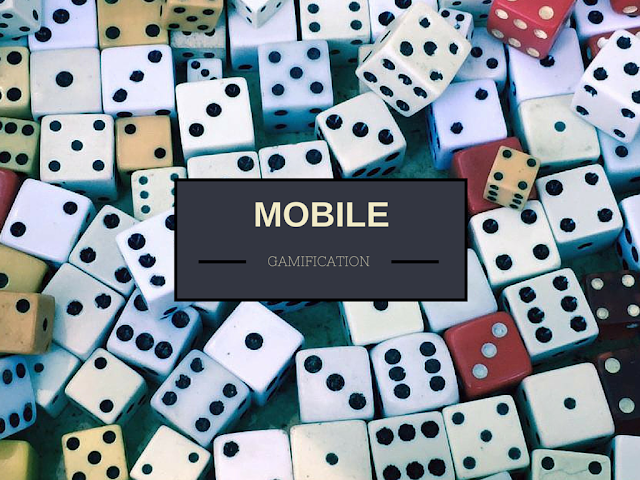
For dedicated eCommerce businesses and physical retailers alike, the battle to increase online sales revenue is never-ending. The benefits of an online sales platform are many, of course. For one, overhead costs can be almost nil, particularly if a retailer utilizes a pre-existing platform, like Ebay or Etsy. The potential audience is also nearly limitless, which is attractive for reasons that are somewhat self-evident. However, as in any sales environment, eCommerce poses its own set of difficulties and hurdles. Finding solutions to these hurdles can prove the difference between success and failure.
Being found is probably the most pressing concern for online retailers. However, once found, it can be a challenge to convert a looker into a buyer – and it can be even more challenging to get that buyer to come back and engage with the brand. Perhaps not surprisingly, more and more retailers are seeking a solution to engage and hook the online customer. And mobile gaming (and gamification) is emerging as one such solution. Why? Because gaming is fun and makes shopping an experience.
How Can Gaming Help?
When it comes to implementing gaming into the sales process, online and physical retailers have two primary options: mobile games and gamification. For most retailers, mobile games will likely be created to supplement the branding experience. For example, Nike’s + initiative includes multiple free applications that can be downloaded on a customer’s smartphone. There’s no real sales apparatus in place, either; rather, these apps act as brand customer loyalty programs. Nike makes its money back by developing loyal and engaged consumers who come to associate Nike with being on the cutting-edge of fitness. It’s a game, sort of, in that the applications have gaming mechanics built in, but fundamentally, it’s a branded experience that exists outside of the physical store.
These applications work because they provide a worthwhile and rewarding experience. If they didn’t, nobody would participate. Rankings, rewards, points, contests, and challenges all provide incentive for participation. And if you’re seeing a pattern, it’s because all of these things come from gaming mechanics. The idea is that you give an individual reason to participate outside of the product itself. If the buyer’s only incentive is the end product, he or she will engage only as long as it takes to buy the item – far from ideal when brands are looking to build loyal and long-term customers. Businesses are seeking that special something that will give consumers reason to come back, and games do just that.
The Proof Is In The Pudding
With Nike+, Nike has managed to accomplish not just one seemingly impossible task, but two. The company has convinced millions of consumers worldwide to exercise on a regular basis through the power of its apps alone – no small feat. It has also accomplished something that is no less challenging, which is getting millions of people to voluntarily opt into Nike’s communication stream. With each new person who signs up for Nike’s Fuel app and each new customer who creates a Nike+ account online, Nike gains access to a potential future customer whom they can market to. All through the power of gaming. It bears repeating: these people are signing up for no other reason than because they want to! The appeal of the app is reason enough for many.
Of course, Nike isn’t the only name in town when it comes to mobile games. And this is due in part to technology. Today’s smartphones and tablets include among the very best mobile processors for gaming. This technological leap, made possible by advancements like Qualcomm’s Snapdragon chipset, has made it possible for companies of all sizes and backgrounds to implement gaming initiatives. The technology is no longer the limiting factor. Customers can now engage with gaming platforms at work, during lunch, on their afternoon break, or on the train ride home. Businesses simply have to provide the means to do so. And they are.
The number of retailers and businesses employing gaming initiatives continues to rise. Companies like LinkedIn, Dropbox, and Teleflora all have some type of gaming apparatus in place to incentivize customers. In LinkedIn’s case, users are given a ranking based on how comprehensively their profile is filled out. The obvious goal is to get more people to engage with the platform. For Dropbox and Teleflora, which both sell more traditional products (storage space and flowers, respectively), these initiatives help promote customer loyalty and drive sales. Though these case studies represent just a few examples out of many, they all show that gamification works.
Happy Customers are Loyal Customers
Increasing sales, promoting customer loyalty, and keeping customers engaged do not have to be mutually exclusive endeavors. When it comes to interacting with customers in the digital realm, there is often a disconnect – there is something lost when the transaction process is between a person and his or her smartphone or tablet. Mobile games and gamification initiatives can help encourage brand loyalty and engagement in the digital sphere, and yes, promote sales efforts as well.